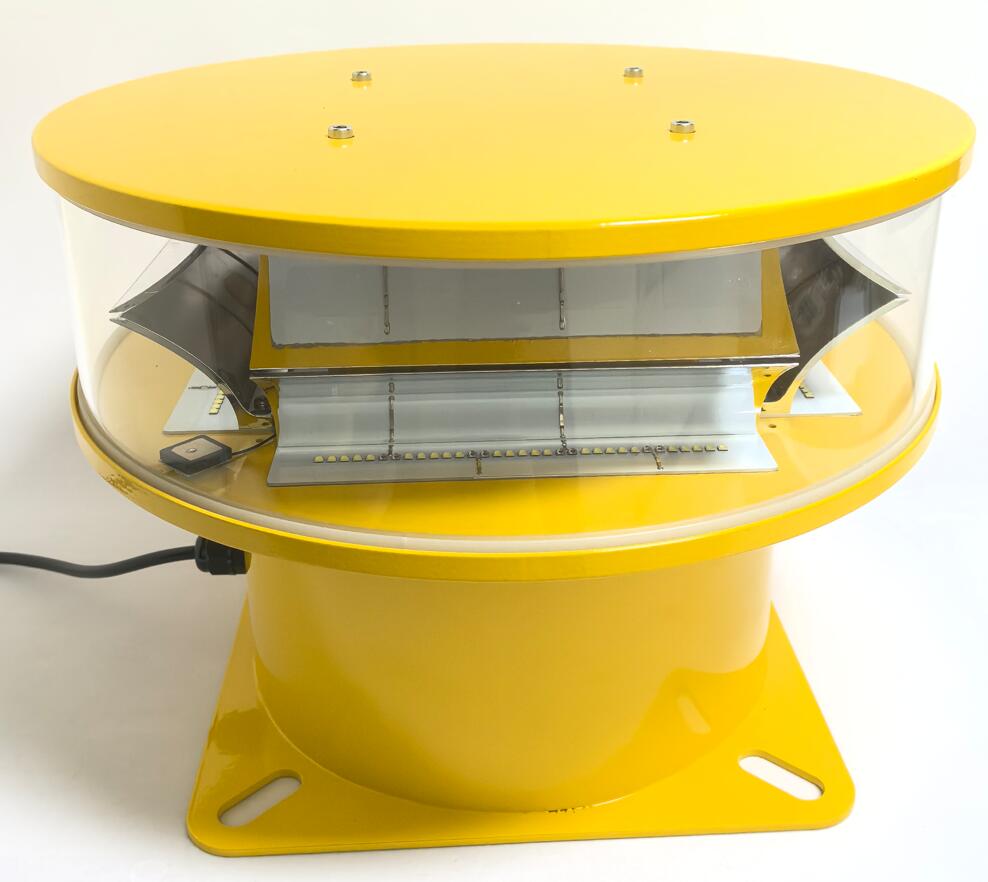Aviation Light Standards: Ensuring Safety in Global Airspace
Aviation lights are indispensable for safe air navigation, providing critical visual cues to pilots, air traffic controllers, and ground personnel. These lights help prevent collisions, guide aircraft during takeoff and landing, and mark hazardous obstacles. This article examines the key types of aviation lights, their functions, regulatory standards, and emerging technologies shaping their future.
Types of Aviation Lights and Their Functions
1. Aircraft Navigation Lights
All aircraft are equipped with navigation lights to indicate position and direction:
Red Light (Port Side) – Located on the left wingtip.
Green Light (Starboard Side) – Positioned on the right wingtip.
White Light (Tail) – Ensures visibility from behind.
These lights help pilots determine an aircraft’s orientation, especially at night or in poor visibility.

2. Anti-Collision Lights
High-intensity strobes or rotating beacons enhance aircraft visibility to prevent mid-air collisions:
Red Beacon Lights – Typically mounted on the fuselage and tail.
White Strobe Lights – Placed on wingtips and tail for maximum visibility.
| aviation light |
3. Runway and Taxiway Lights
Ground-based aviation lights guide pilots during ground operations:
Runway Edge Lights (White/Amber) – Outline runway boundaries.
Threshold Lights (Green/Red) – Mark the beginning (green) and end (red) of a runway.
Taxiway Lights (Blue) – Illuminate pathways for ground movement.
4. Obstruction Lights
Structures like towers, wind turbines, and skyscrapers must have obstruction lights to prevent collisions:
Red Steady Lights – For structures under 200 feet.
White Strobe Lights – For taller obstacles exceeding 500 feet.
| aviation lights |
Regulatory Standards for Aviation Lights
1. International Civil Aviation Organization (ICAO)
ICAO’s Annex 14 sets global standards for aviation lighting, ensuring uniformity across countries. Key requirements include:
Color specifications for runway and taxiway lights.
Minimum intensity levels for obstruction lights.
Flash patterns for anti-collision beacons.
2. Federal Aviation Administration (FAA)
The FAA enforces strict guidelines under AC 150/5345-46 for airport lighting and AC 70/7460-1 for obstruction marking. Compliance ensures:
Proper spacing and brightness of runway lights.
Correct installation of aircraft warning lights on tall structures.
3. European Union Aviation Safety Agency (EASA)
EASA aligns with ICAO but includes additional environmental considerations, such as energy-efficient LED adoption and light pollution reduction.
Technological Innovations in Aviation Lighting
1. LED Adoption
Light Emitting Diodes (LEDs) have revolutionized aviation lights due to:
Longer lifespan and lower maintenance.
Higher energy efficiency compared to traditional incandescent bulbs.
2. Solar-Powered Systems
Remote airports and offshore wind farms increasingly use solar-powered aviation lights, eliminating dependency on electrical grids.
3. Smart Lighting Systems
Automated monitoring allows real-time fault detection, ensuring continuous compliance with safety regulations.
Aviation lights are a cornerstone of air safety, from guiding aircraft in darkness to marking hazardous obstacles. Strict adherence to ICAO, FAA, and EASA standards ensures global consistency, while technological advancements like LEDs and smart systems enhance reliability. As air traffic grows, continued innovation in aviation lighting will remain crucial for maintaining safe skies.
By prioritizing proper installation, maintenance, and regulatory compliance, the aviation industry can further reduce risks and enhance operational efficiency worldwide.
